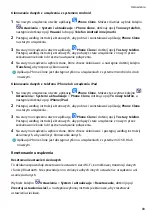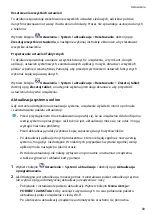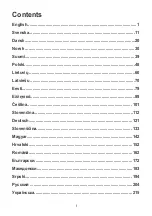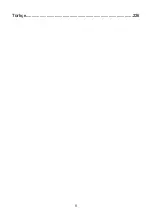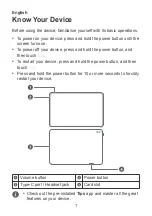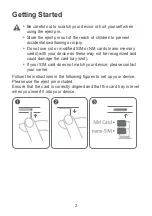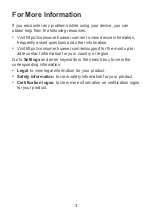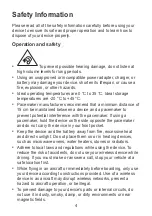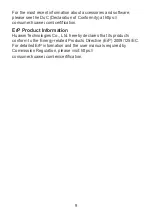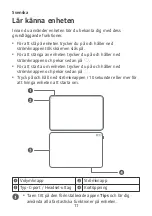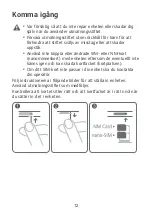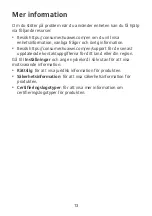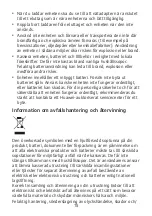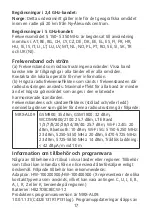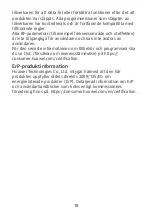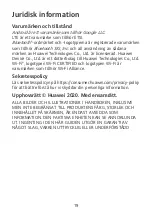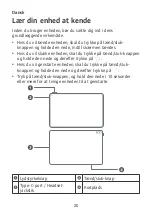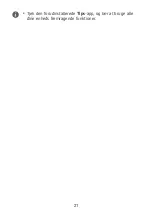
storage facilities, and areas where the air contains chemicals or
particles such as grain, dust, or metal powders. Ask the
manufacturers of vehicles using liquefied petroleum gas (such as
propane or butane) whether this device can be safely used in their
vicinity.
Disposal and recycling information
The crossed-out wheeled-bin symbol on your product, battery,
literature or packaging reminds you that all electronic products and
batteries must be taken to separate waste collection points at the end
of their working lives; they must not be disposed of in the normal
waste stream with household garbage. It is the responsibility of the
user to dispose of the equipment using a designated collection point
or service for separate recycling of waste electrical and electronic
equipment (WEEE) and batteries according to local laws.
Proper collection and recycling of your equipment helps ensure
electrical and electronic equipment (EEE) waste is recycled in a
manner that conserves valuable materials and protects human health
and the environment, improper handling, accidental breakage,
damage, and/or improper recycling at the end of its life may be
harmful for health and environment. For more information about
where and how to drop off your EEE waste, please contact your local
authorities, retailer or household waste disposal service or visit the
website https://consumer.huawei.com/en/.
Reduction of hazardous substances
This device and its electrical accessories are compliant with local
applicable rules on the restriction of the use of certain hazardous
substances in electrical and electronic equipment, such as EU
REACH, RoHS and Batteries (where included) regulations. For
declarations of conformity about REACH and RoHS, please visit our
web site https://consumer.huawei.com/certification.
6


